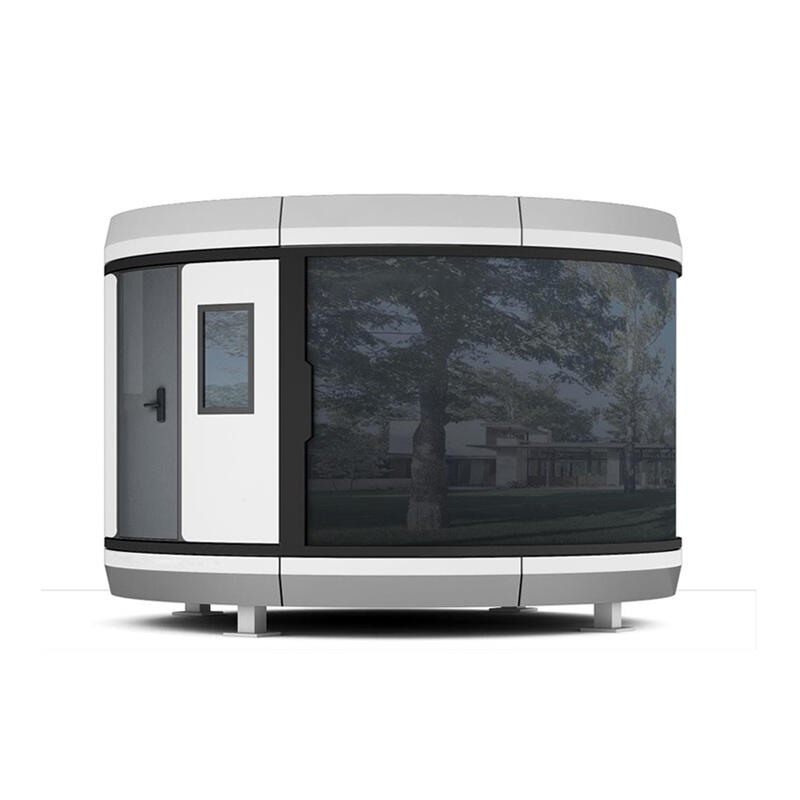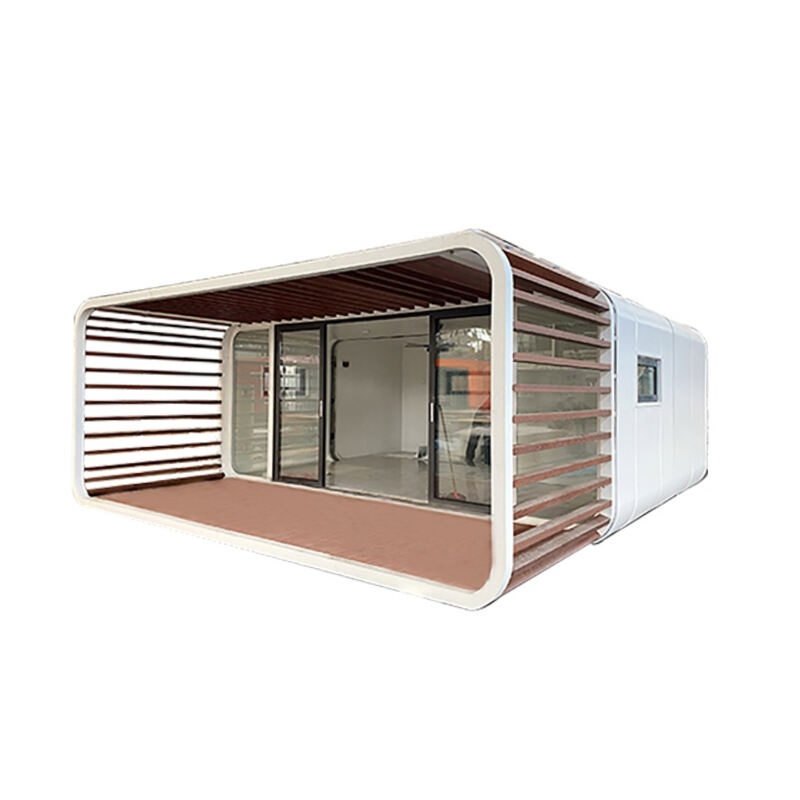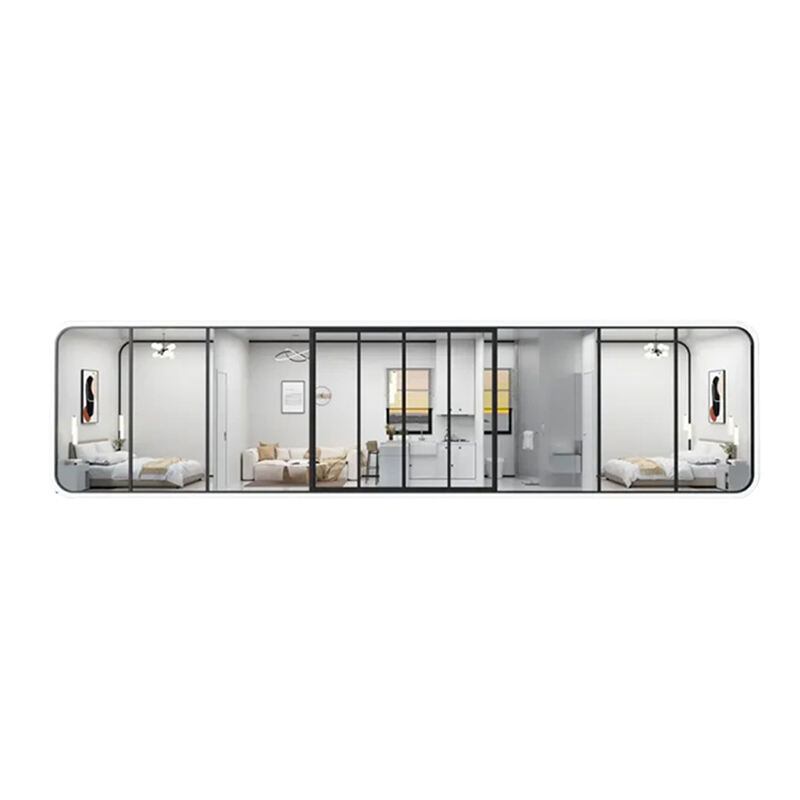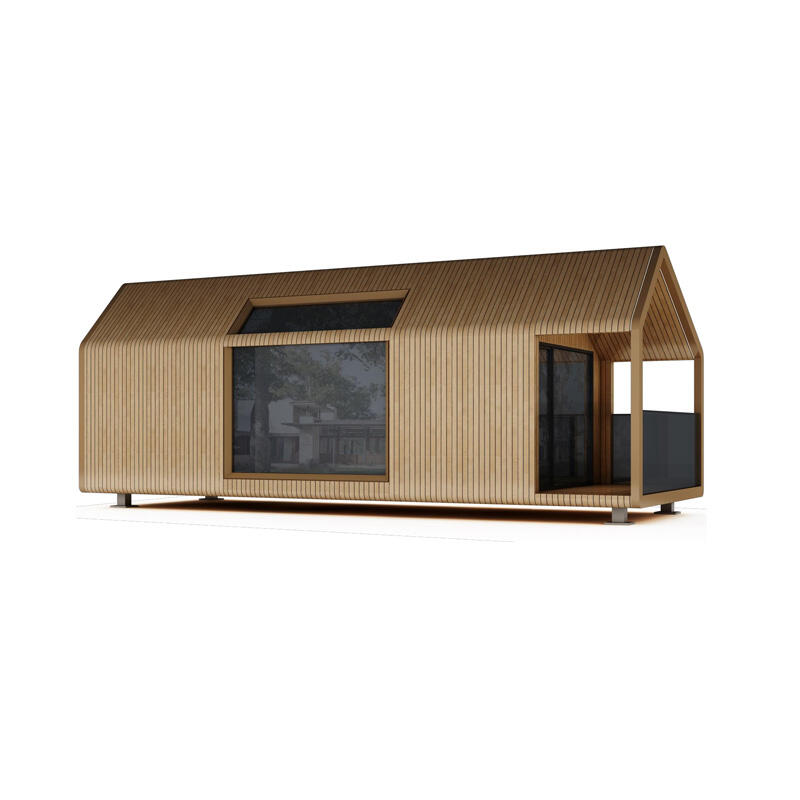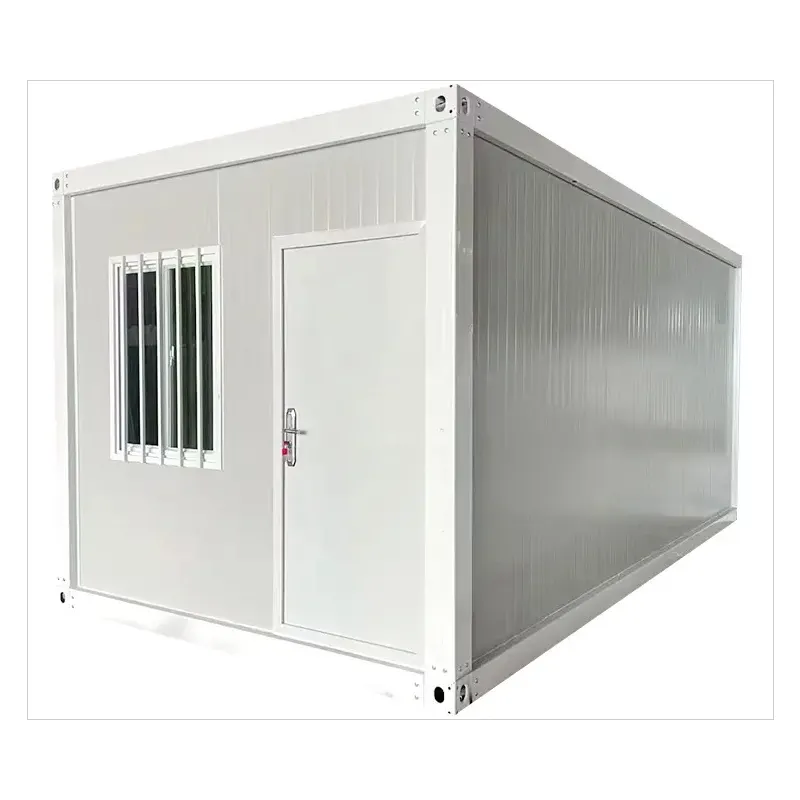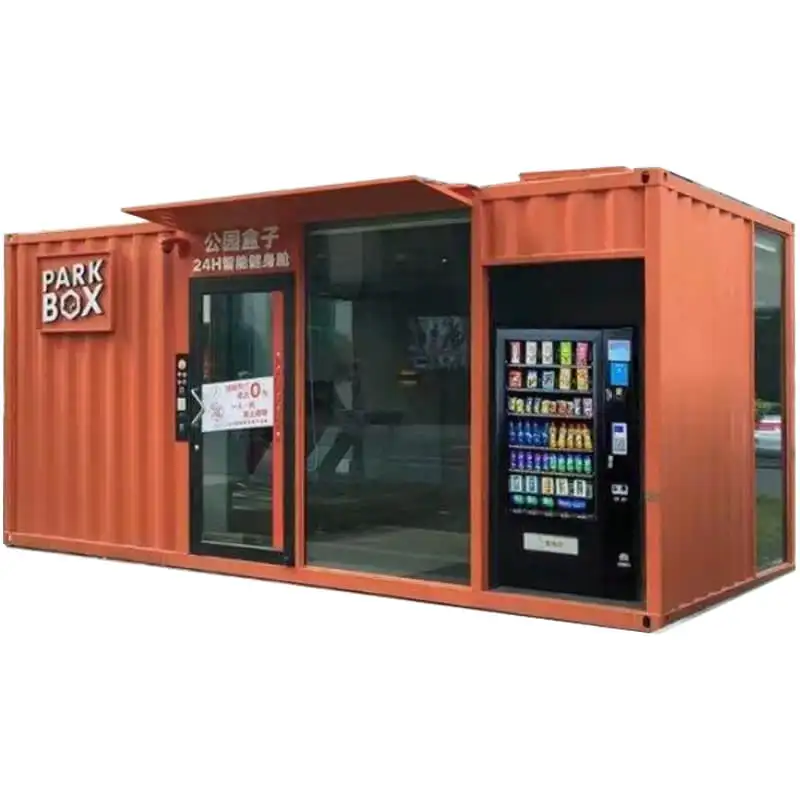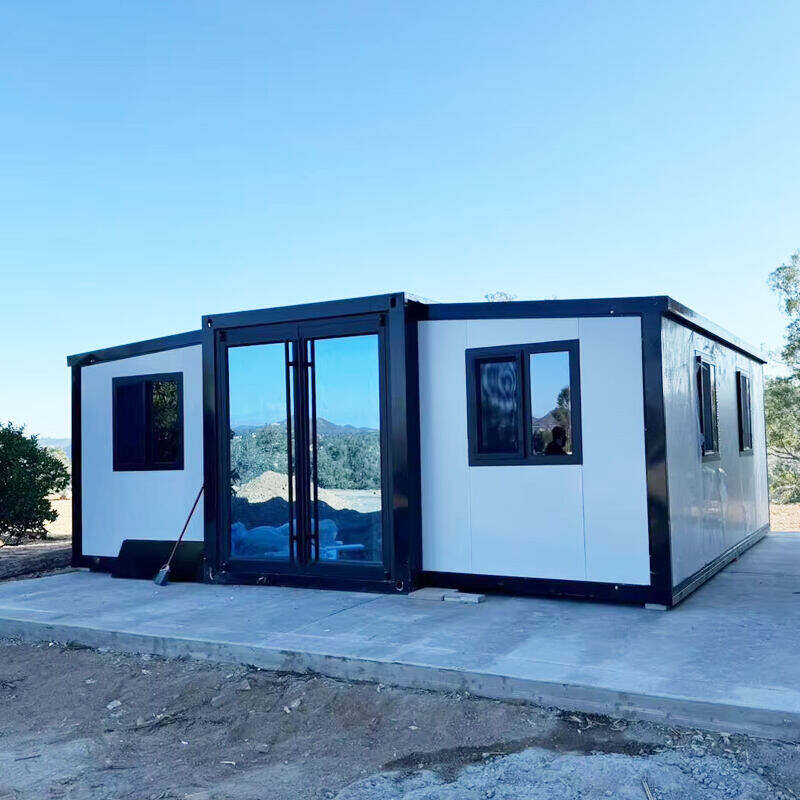the space capsule
A space capsule represents one of the most sophisticated achievements in aerospace engineering, serving as a crucial vessel for human spaceflight and cargo transportation beyond Earth's atmosphere. These spacecraft are meticulously designed to protect astronauts and valuable payload during the harsh conditions of space travel, featuring robust thermal protection systems that shield against extreme temperatures during atmospheric reentry. Modern space capsules incorporate advanced life support systems, maintaining optimal pressure, temperature, and oxygen levels for crew survival. The capsule's structure typically consists of three primary components: the command module housing the crew and control systems, the service module containing propulsion and power systems, and the launch escape system for emergency scenarios. State-of-the-art navigation and communication systems enable precise trajectory control and constant contact with mission control. The capsule's interior is optimized for microgravity operations, with specialized equipment for conducting scientific experiments, storing supplies, and managing waste systems. Recent technological advancements have introduced reusability features, significantly reducing mission costs and enabling more frequent space operations. These vessels are equipped with sophisticated landing systems, including parachutes and retrorockets, ensuring safe return to Earth's surface.

